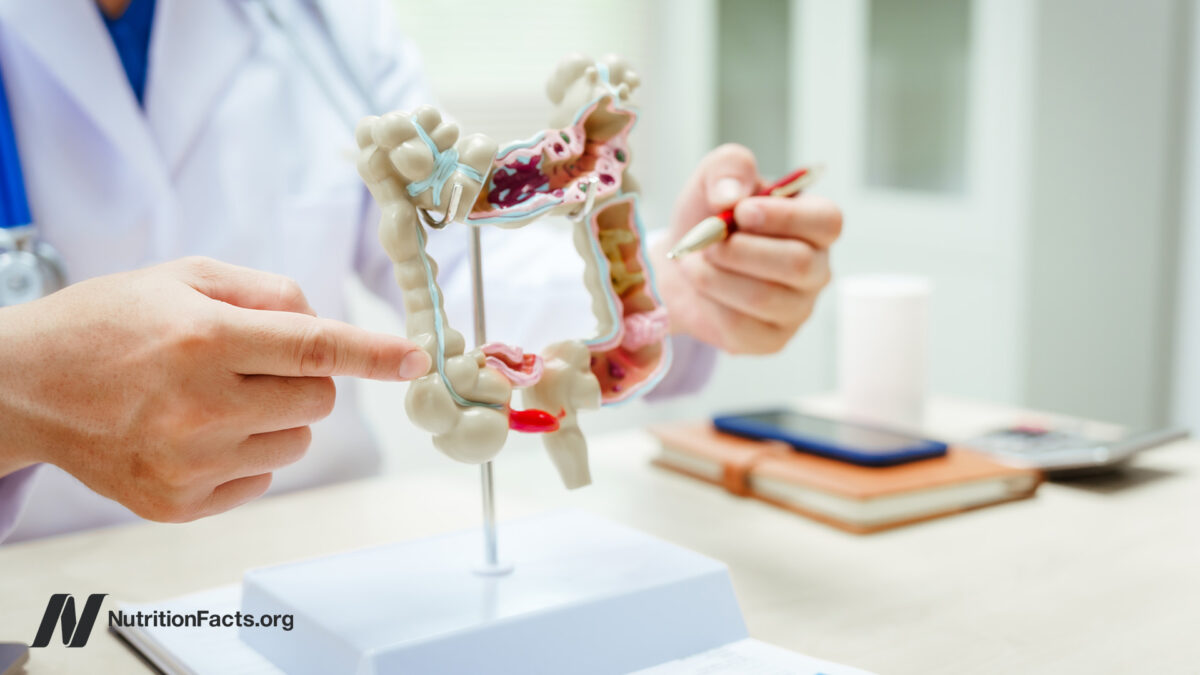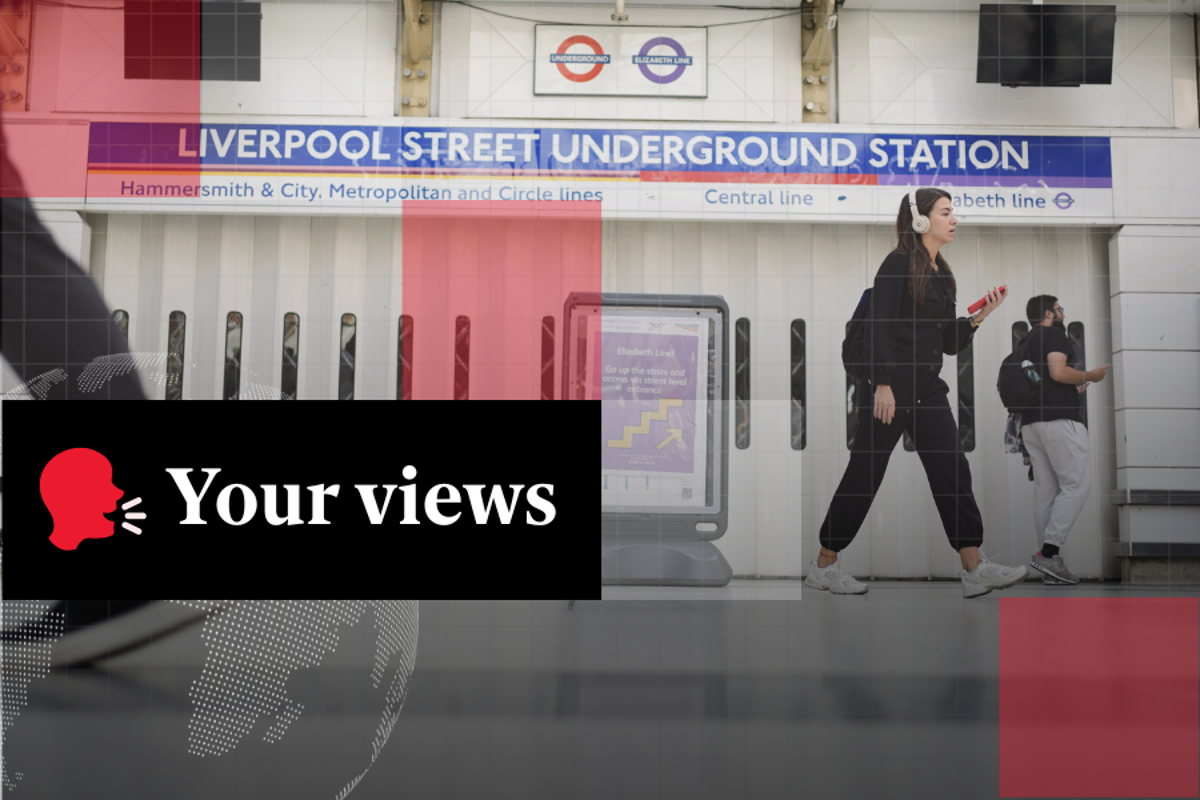The Meal Plan You Didn’t Know You Needed: Eat to Balance Blood Sugar
Crash? What crash?

The secret to better sleep, sustained energy, balanced hormones, and fewer mood swings? Stable blood sugar. Blood what? Also known as blood glucose, blood sugar comes from the food you eat. It’s your body’s main source of energy. Unfortunately, most of us walk around with little (if any) understanding of how it impacts our overall health. One moment, you’re feeling fine—the next, you’re starving or lightheaded. That’s blood sugar. You scarf down a plate of French toast, buzzing with energy for a hot second—the next, you’re in a sleepy food coma. Blood sugar, folks.
That said, blood sugar impacts our health in other not-so-subtle ways. Today, we’re diving into the basics: what is blood sugar, why it’s important, as well as a 7-day meal plan to balance blood sugar.
Feature image by Teal Thomsen
Beginner’s Guide to Blood Sugar
Without knowing exactly what it means, you’ve probably heard of the term. Balancing blood sugar is key—it plays a role in energy, feelings, cognitive function, and more. In fact, you may already be familiar with spikes and dips in blood sugar. Hello, hanger! That said, few recognize its affects on a daily basis.
High level, blood sugar is the amount of sugar (or glucose) in your blood at any given time. As mentioned, it’s the body’s main source of energy. Sugar is produced when we break down any form of carbohydrate. Be it fruit, a slice of cake, or piece of toast, that carb is absorbed into our bloodstream. Immediately or eventually, carbohydrates are used as a source of energy.
How Does Blood Sugar Work?
Here’s the best way to visualize and think about blood sugar:
Step 1: You eat food.
Let’s assume you ate a balanced combination of carbohydrates, protein, and fat. Your digestion breaks down your food. Carbs get broken down into glucose. This your body and your brain’s primary source of preferred energy.
Step 2: Blood sugar levels rise.
Glucose enters your bloodstream and blood sugar levels naturally increase. How much they increase is dependent largely on the macronutrient breakdown of the meal. More carbs = higher blood sugar. More protein + fat = lower blood sugar spike.
Step 3: Insulin is released.
As soon as your body senses the rise in blood sugar, your pancreas releases insulin. Insulin is an important hormone involved in managing blood sugar levels. We want not too much, but also not too little.
Step 4: Blood sugar lowers.
Insulin acts as the key to open your cells and transport glucose from the bloodstream inside cells. Glucose is either used immediately for energy or stored for later use. Insulin is what keeps blood sugar from getting too high.
The Goal: A Gradual Rise in Blood Sugar
Just like cortisol and inflammation aren’t inherently bad (in fact, they’re vital for keeping us alive), the same goes for blood sugar. Glucose also isn’t the enemy, and neither is insulin. Ultimately, it’s a matter of eating in way that keeps glucose and insulin at a happy medium. It’s not about avoiding carbs and sugar, altogether. Rather, it’s about maintaining a healthy balance and honoring the foods that make us feel our best—most of the time!
The goal is to have a gradual rise in blood sugar levels after we eat, and a slow and steady decline in the hours after. We want to avoid large increases in our blood sugar. Why? Because they lead to a very drastic and significant decrease. In other words, it’s not just about high blood sugar levels. We want to minimize low blood sugar levels and crashes, too.
How To Achieve Steady Blood Sugar—and Why Is It Important?
This will vary from person to person, but generally speaking, steady blood sugar comes from adequate nourishment and balanced meals. You also want to try avoiding these habits that tend to cause blood sugar to spike. So, why is blood sugar balance important? You want to keep your blood sugar levels in your target range, as often as possible. This helps prevent or delay long-term, serious health problems. On a day-to-day basis, staying in your target range is also equally important. It can improve your energy, balance hormones, and stabilize your mood. Research shows it helps with fertility, too. Speaking of hormones, if you struggle with intense PMS symptoms, this could be a result of mismanaged blood sugar.
What Causes Blood Sugar Imbalance?
Truth be told, more than you realize! But armed with an understanding of how blood sugar remains balanced, you can minimize imbalance.
Lack of macronutrients: We want to eat protein, fat, and complex carbs at each meal. The sources of and the amount of each is going to depend on many factors and will be unique to each individual, but the balance of these macros is really important for balanced blood sugar.Stress: High cortisol can skyrocket blood sugar levels. This is so that the body has what it needs to fight or flee. Inconsistent meal times: Not eating enough or not eating consistently enough can both be highly stressful to the body. Remember, food is fuel. No food means low blood sugar. Low blood sugar can be just as harmful as high blood sugar.Poor sleep: Impaired sleep can lead to imbalanced blood glucose levels. In fact, just one night of poor sleep can decrease insulin sensitivity, affecting our food choices and cravings.Exercise: An overly sedentary lifestyle—or working out too much—can impact blood sugar levels.Gut health: Digestion determines how well food gets broken down. In turn, this impacts how quickly sugar enters the bloodstream. An imbalanced microbiome can negatively impact blood sugar levels.Liver function: The health of our liver determines how well our cells can uptake insulin, as well as how the body stores excess glucose for later use.Luckily, you can keep your blood sugar in check with these simple guidelines!
Foods That Help Balance Blood Sugar
While there are many foods that help lower and regulate blood sugar, these are some of the best! They cause minimal blood sugar spike (for most people), support sustained energy, and aid in fullness.
Animal Protein
Protein is essential for blood sugar control. It helps slow digestion and prevents post-meal blood sugar spikes, as well as increases feelings of fullness. A high intake of fatty fish, like salmon and sardines, has been shown to help improve blood sugar regulation. That said, organic chicken, pasture-raised eggs, and grass-fed beef are wonderful for blood sugar as well.
Avocados
Creamy, delicious, and versatile, avocados have a low-carb, high-fiber ratio, which is great for blood sugar stability. Plus, the healthy fats in avocado can help you use your insulin more effectively.
Nuts
Nuts and nut butter are ideal for stable blood sugar as healthy fats don’t cause a blood sugar spike. Interestingly, in a study of people with type 2 diabetes, consuming both peanuts and almonds throughout the day (as part of a low-carb diet) reduced both fasting and post-meal blood sugar levels.
Pumpkin Seeds
Brightly colored and full of fiber and antioxidants, pumpkin seeds are packed with healthy fats and protein, making them an excellent choice for blood sugar control.
Chia and Flax Seeds
Both chia and flax seeds (specifically, ground flax seeds) are rich in fiber and healthy fats. In turn, they can help reduce blood sugar levels. Adding chia and flax to your smoothies, oatmeal, and yogurt bowls is an easy way to increase fiber and help stabilize blood sugar.
Beans and Legumes
Beans and lentils are rich in nutrients, such as magnesium, fiber, and protein. All of these help lower blood sugar. They’re particularly high in soluble fiber and resistant starch, which help slow digestion and may improve blood sugar response after meals
Kimchi and Sauerkraut
Fermented foods, like kimchi and sauerkraut, are packed with probiotics, minerals, and antioxidants. Eating them is associated with improved blood sugar and insulin sensitivity.
Meal Plan to Balance Blood Sugar
Ready for delicious, nutrient-dense meals to help balance blood sugar, boost energy, support hormones, improve digestion, and fuel your busy lifestyle? Click here to get my 7-Day Blood Sugar Reset Guide!

 JaneWalter
JaneWalter 





























